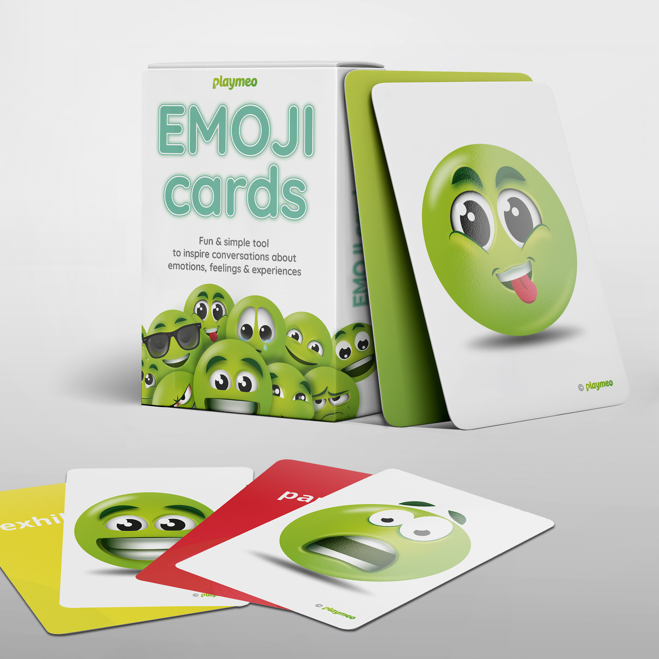From the outside looking in, it would appear to most people that many experiential programs featuring activities such as icebreakers, energisers, trust exercises and teambuilding events are designed for extroverts (and not introverts.)
And while I hope that this is not true, when you view these sorts of experiences through the lens of an introvert, or someone who is more naturally shy or reserved, it must seem this way at times. There is often a lot of energy, interaction and chatter – and for many people, this can be quite confronting when these experiences are foisted up on them, no matter how well-intentioned they may be.
Inspired by a question from my good friend Chad Littlefield (if you don’t know Chad, you MUST check out his YouTube channel,) it got me thinking about activities suitable for people who may describe themselves as more introverted, shy or reserved.
These people account for a large portion of the groups you (and I) encounter daily. But, I have never really thought about designing a program that was 100% dedicated to meeting just their needs.
In this post, I want to share a few of my favourite activity ideas that appear to work with “introverts,” but first, a few useful programming strategies that can help everyone – no matter where they source their energy – feel comfortable.
Tips for Working with Introverts
To be honest, these tips are just good practice and do not have to be characterised as meeting the needs of a certain type of person. There are benefits to all when you embrace the following recommendations in any program:
Allow Processing Time
You can expect on most occasions that the earliest contributions to a conversation will come from your more confident, extroverted participants. In an effort to allow space for everyone’s contribution, ask your group to think first for, say, 10 seconds before responding. And perhaps, implement a structured reflection technique such as Fill the Gap or Whip Around to give equal air time for all. Some people – not just introverts – need more time to think of a response. To this end, it is important that you allow time for this process to occur.
Partner Sharing
As I have always said, it’s really hard to be left out of a pair. Pairs work. When you invite your group to find a partner to share their response – much like our Paired Shares strategy – you create a space for everyone to feel more comfortable thinking and sharing aloud. Often, if the more reserved person gets a positive reaction to what they shared, they are more likely to share with the large group because their ideas have already been tested.
Honour Choice
If sharing is important, be sure to honour people’s choice about if and how much they choose to share. This is more than just saying something like “… and if you can’t think of something to share, just say Pass...” – your whole group must feel that it’s okay to pass, otherwise people will shut down or makeup excuses for not sharing at all.
5 Icebreakers That Work for Introverts
Every person is different, and this, of course, applies to those whom we may describe as shy, reserved or introverted, too. And external appearances can be deceiving, so you are always best to plan for the presence of these behaviours rather than rely on what you can see and hear.
Point in case, despite my very extroverted appearance, I am, in fact, an introvert at heart.
As a long-time facilitator of groups, I have learned how to “be” extroverted as a tool to achieve success in my professional life. But deep down, the older I get, I am very comfortable in my own company; thank you very much 🙂
Bonus points if you notice how each activity suggestion below embraces the tips I share above.
Story of Your Name
A classic icebreaker, no matter what type of group or people I am working with. Not everyone is as fascinated by names as I am, but I have never introduced this exercise to a group that did not walk away with greater awareness of and connection to others – two useful ingredients for building any relationship.
One Two Three
Okay, I pull this gem out a lot in my programs, but it’s because it works. And it works in the context of shy and reserved people because (a) it’s a partner exercise, which means no one is watching you, (b) it always, always, always triggers laughter, no matter how introverted one may be, and (c) it generates warmth and energy, and these are two critical ingredients every program that wishes to engage everyone in the group absolutely needs to be successful.
ID Numbers
All you need is a bunch of index cards, markers, a random partner, or a best friend; it doesn’t matter. The beauty of this exercise is that it honours choice – a person will only ever write something down that they are comfortable sharing, and there is always something non-threatening every person can find to share. To this end, your demo will prove critical in helping people understand the limitless boundaries permitted to make this activity work.
ESP
This one does, admittedly, trigger a great deal more energy in the room than my other suggestions, but it still benefits from the fact that no one else is looking at you. Once set up, all action is focused on just the two people in the partnership. And you can’t get it wrong. Even though you may invite your group to “keep score,” the results are truly random and primarily focused on having fun.
Ice-Breaker Question Exchange
I think the generic version of this ice-breaking experience may be too overwhelming for some people because it involves a lot of simultaneous movement, interaction and sharing. My suggestion – form pairs or small groups and ask a series of questions to the whole group and then allow time for each group to share their responses before asking the next question. Start with simple yet interesting questions first, and then build up to those which are more self-reflective. If you happen to have a deck of We Connect Cards, use a sequence of green, blue and then purple question cards.
Last Minute Tip
Oh, and don’t wait for everyone to share before moving on to the next question (regardless of the sharing exercise you may choose to present.)
Not only will you kill the energy in the room, but you will leave open the possibility that some introverts or very reserved people are hoping you’ll move on without them having to share anything, ie run out of time. This strategy provides space for psychological safety to thrive.













Original post August 2023, last updated July 2023.